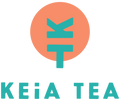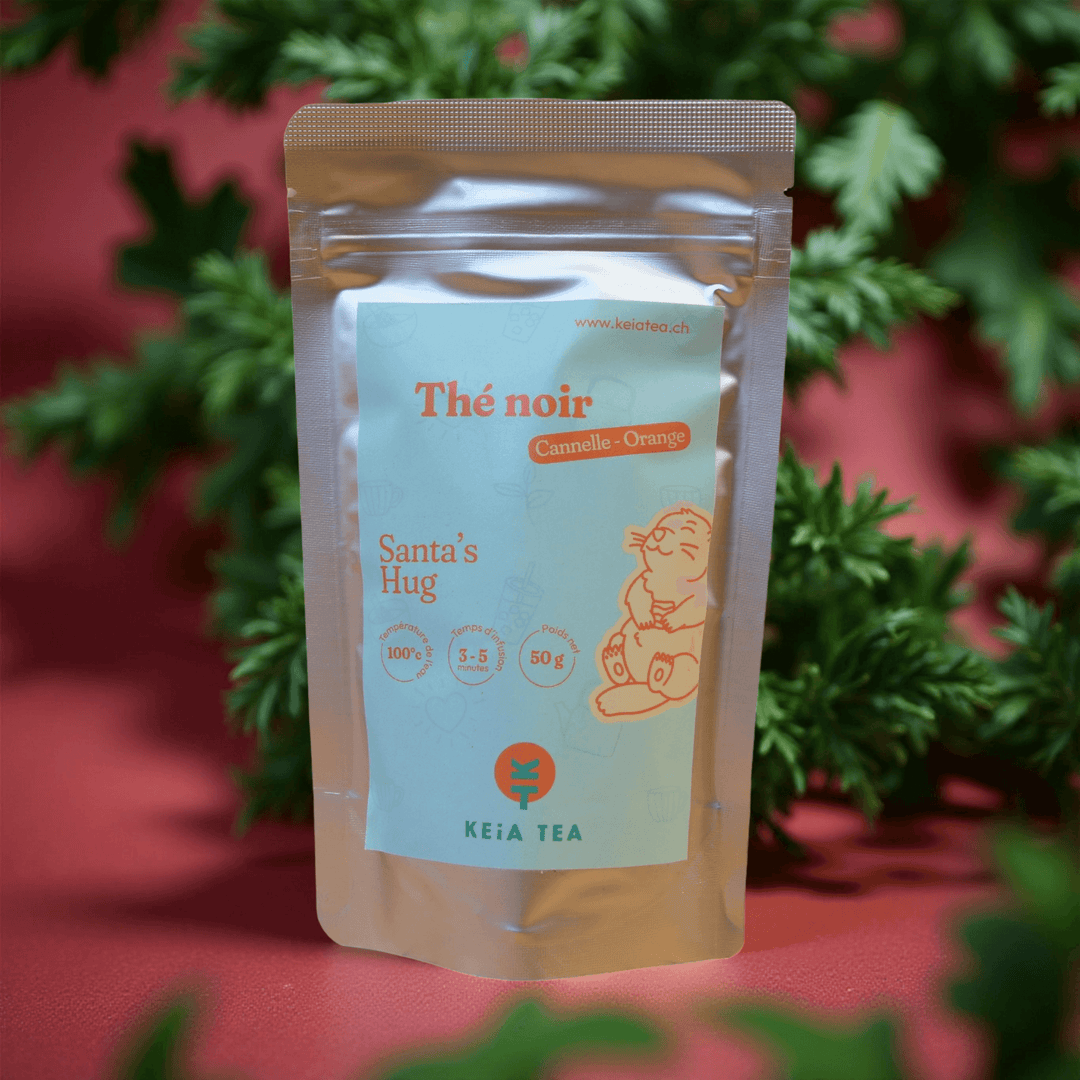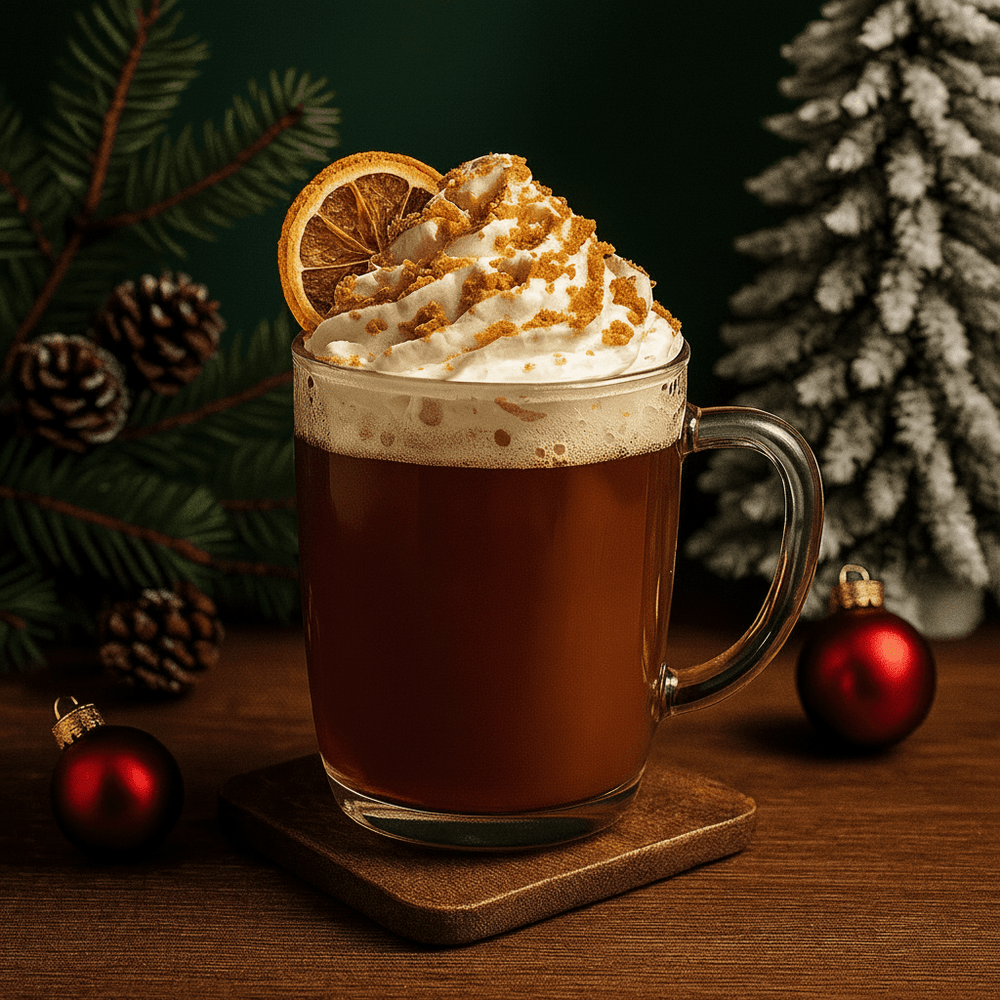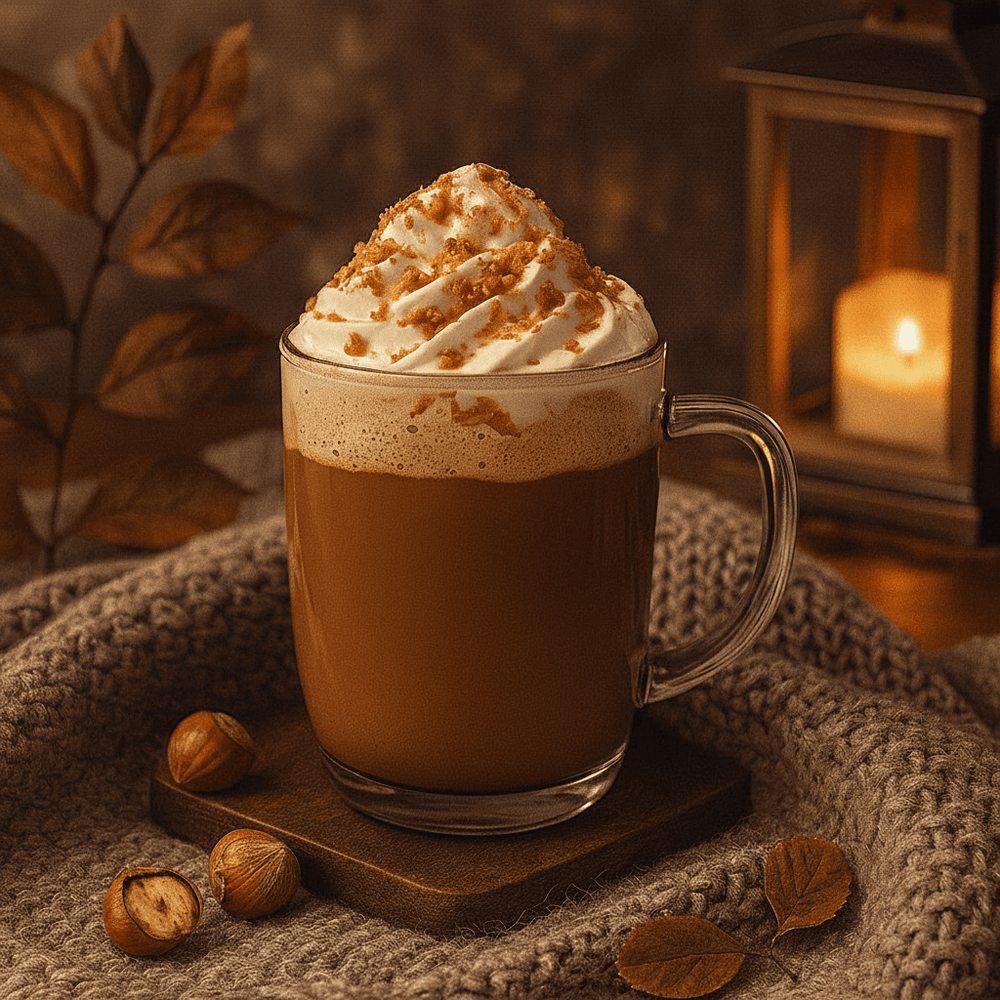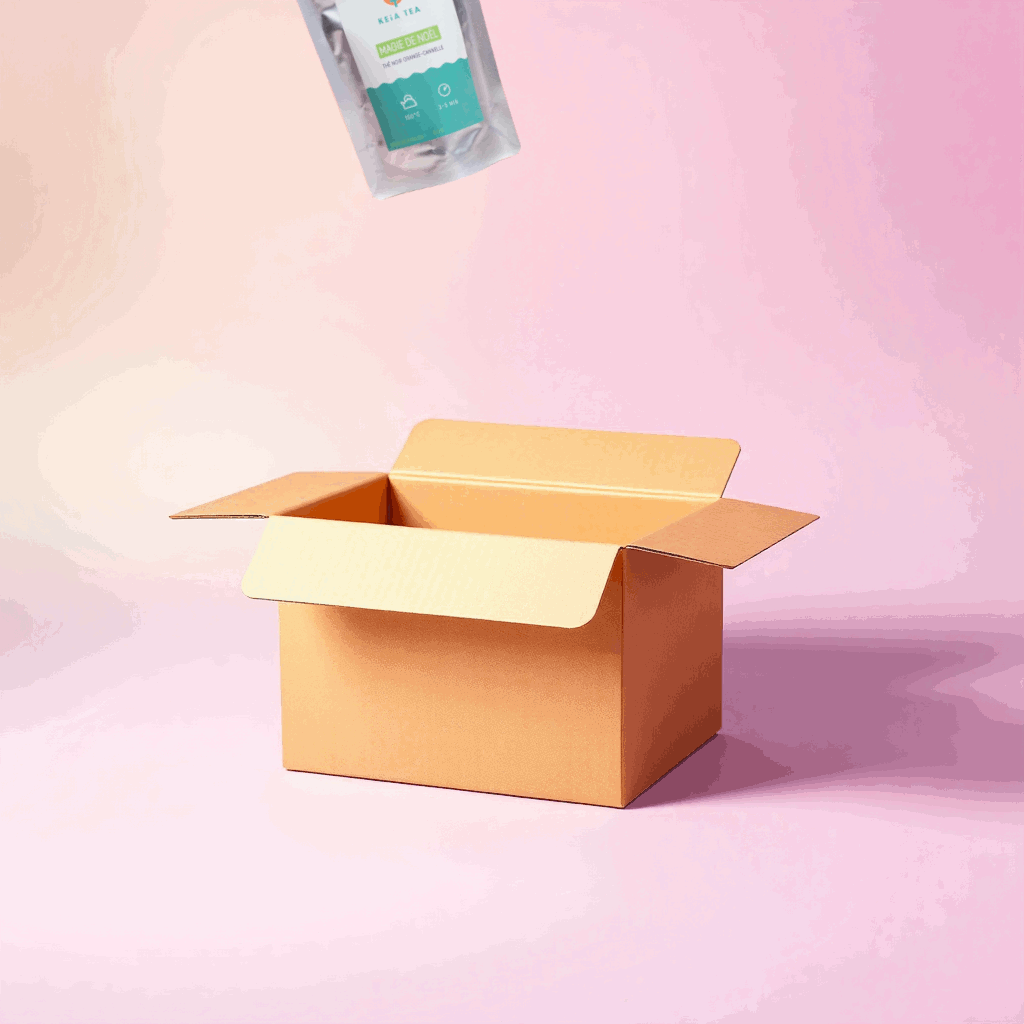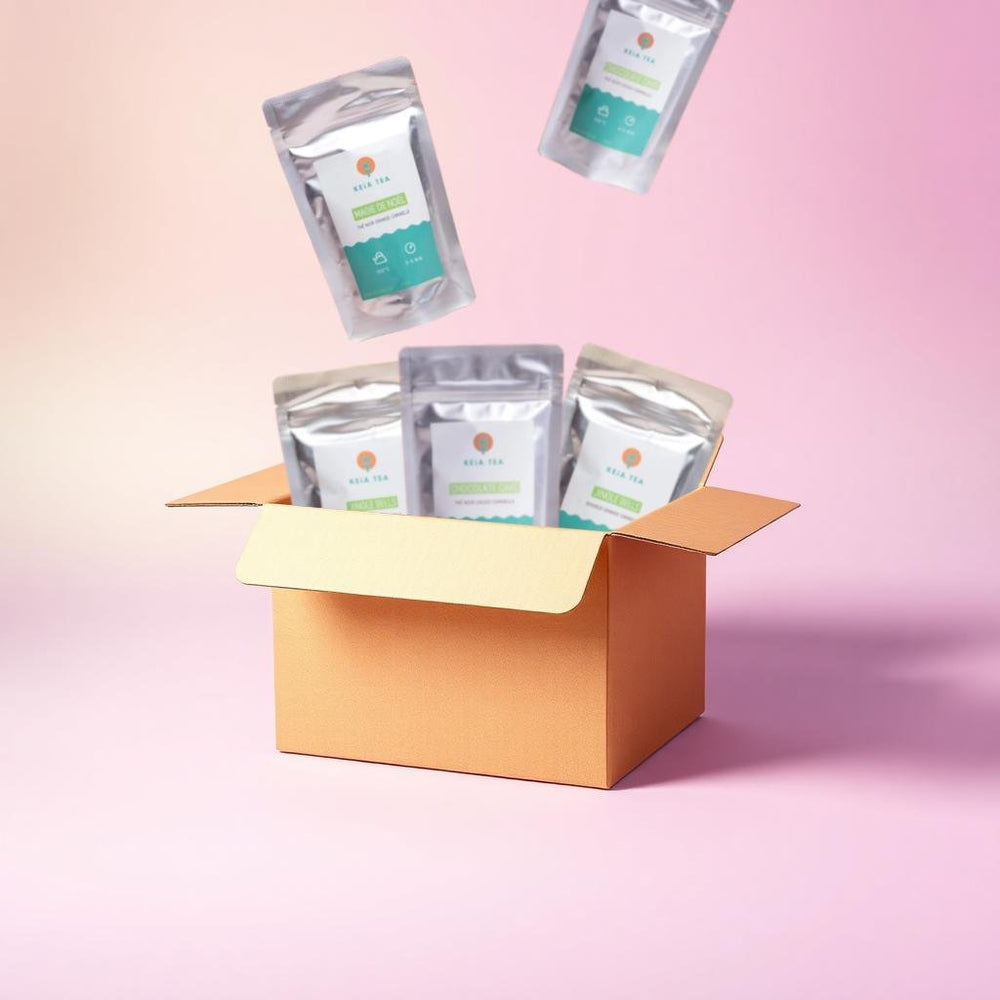The tea glossary
HAS
-
Assam
Assam tea is a black tea produced in the Assam region of India. It is characterized by its full-bodied and subtly woody flavor. Robust, it is the perfect way to start the day.
B
- Blend
A blend of different types of tea to create distinctive and rich aromas. Among the most popular blends is English Breakfast tea, which is a blend of black teas (Assam, Ceylon, etc.).
- Buchu
Buchu is a plant grown exclusively in South Africa, in the Cederberg Mountains north of Cape Town. Its aromatic leaves are used as an infusion to create a tasty and refreshing drink.
C
- Caffeine
A natural chemical element found in black, green, or white tea, also called theine. Caffeine and theine are actually one and the same molecule.
- Camellia sinensis var. sinensis
Also known as the tea plant, it is one of the most well-known and widely used tea varieties in the world. It is mainly cultivated and produced in China.
- Camellia sinensis var. assamica
This variety of Camellia originates from Assam, a tropical region located in northern India. The first Indian tea estate was established in this city in 1837.
- Camellia sinensis var. cambodiensis
This tea plant, originally from Cambodia, is a variety widely used for hybridization to create new cultivars.
- Ceylon
Rich in tannins, organic Ceylon tea from Sri Lanka (a former British colony) is a typically full-bodied black tea. Milk is often added to the preparation.
- Chai
Chai is a Hindi term that simply means tea. In our region, when we talk about “chai tea,” we are referring to a tea containing milk and various spices.
- Screening
Process of breaking up piles of leaves formed during rolling.
- Imperial Harvest
A picking method used in imperial China, which consists of selecting a bud and the first leaf from a stem.
- Fine picking
This technique allows for the harvesting of very high-quality teas such as Oolong. Only the first two leaves and one bud are removed from a stem.
- Average harvest
Picking to produce cheap tea with a selection of 3 to 5 leaves.
- Cultivar
A variety obtained by hybridization, generally with the species Camellias Sinensis .
D
- Darjeeling
A black tea named after a province in northern India, Darjeeling. It is rich in theine and tannin, and has a fruity aroma.
- Second harvest
Period following the first tea harvest allowing the production of teas with a full-bodied taste.
E
- Earl Grey
A tea blend characterized by the delicious tangy flavor of bergamot.
F
- Fermentation
A process that takes place in a warm, humid environment, allowing microorganisms to proliferate on the leaves. Pu Ehr is a fermented tea.
- Withering
Dehydration process which consists of softening the tea leaf.
I
- Infusion
A method of preparing tea that involves dissolving tea leaves in boiling water to release all of their flavors.
L
- Liquor
A liqueur is the liquid obtained by infusing tea leaves. The term "infusion" is more commonly used.
M
- Mate
This drink is obtained from a plant growing in South America. It is one of the three most consumed caffeinated beverages in the world, along with coffee and tea.
- Matcha
A powdered green tea made popular through Japan's famous tea ceremonies. Matcha is often used in pastries, mochi, and green tea ice cream.
O
- Orange Pekoe
A term used to describe and classify finely picked black teas, such as Darjeeling, Ceylon, and Assam.
- Oxidation
The process of giving tea its final color and flavor. Black teas are 100% oxidized, oolong teas are partially oxidized, while green teas are not oxidized.
- Oolong
Oolong or Wulong is a semi-oxidized tea from China and Taiwan.
P
- Pai Mu Tan
White tea also called Chinese white peony considered to be the drink of Chinese emperors.
- Pekoe
This is the bud at the end of the tea plant branch. It is covered with silvery down.
- First harvest
First harvest time which generally begins in March and which produces very aromatic teas.
- Pu-erh
Dark Chinese tea whose leaves are roasted then fermented.
R
- Harvest
Tea leaf picking period, traditionally done by hand.
- Rooibos
Name of a South African bush whose leaves are used to make herbal tea. Rooibos does not contain caffeine.
- Rolling
A step in which the already wilted tea leaves are rolled to break the cells and facilitate oxidation. The more the leaves are rolled, the stronger the tea's flavor will be.
S
- Drying
Stage of dehydration of the tea leaf under the effect of hot air in order to better preserve it.
- Sencha
Green tea from Japan, where it is the most consumed tea in the country. It has a fresh, vegetal aroma.
- Lapsang Souchong
A smoked black tea originating from Fujian Province in China, it has a very distinct smoky and woody aromatic flavor. It is mainly consumed by Westerners.
T
- Tannin
Substance that gives tea its astringency and color.
- Theine
Theine is a molecule identical to caffeine.
- Flavored tea
A tea prepared with flowers or spices, in addition to tea leaves, for the purpose of enhancing flavors or adding natural fragrances.
- White tea
Natural tea with a delicate and refreshing taste whose leaves have only undergone withering and drying.
- Yellow tea
A rare and renowned tea, it is actually green or white tea of extraordinary quality. It was reserved for emperors.
Called red tea by the Chinese, it is a fully oxidized tea that has undergone several stages such as withering, rolling and screening.
Unoxidized tea with a light, vegetal aroma.
- Roasting
A process in which tea leaves are heated to a high temperature to stop oxidation and make them supple for rolling.
- Sorting
This operation, which is carried out either by machine or by hand with a sieve, allows any unwanted elements (stems, insects, etc.) to be removed from the tea leaves to obtain superior quality.
V
- Bulk
Organic loose leaf tea offers many more benefits than tea bags. Loose leaf tea comes in the form of tea leaves that are infused in water. The leaves are of higher quality because they are not ground into powder and retain all their authenticity .
Y
- Yunnan
One of China's largest black tea-producing provinces. It is believed to be where the first tea plants grew.

